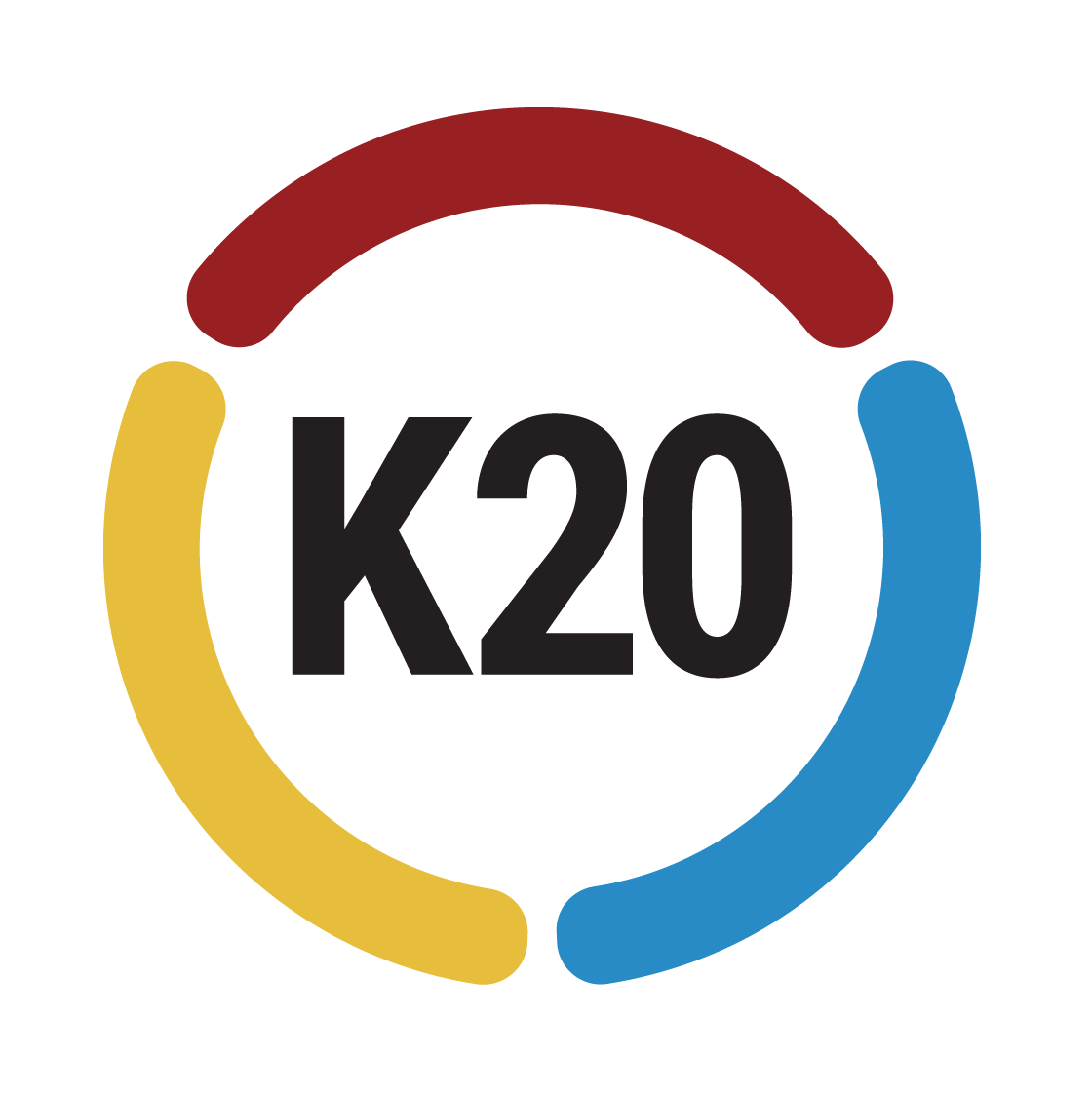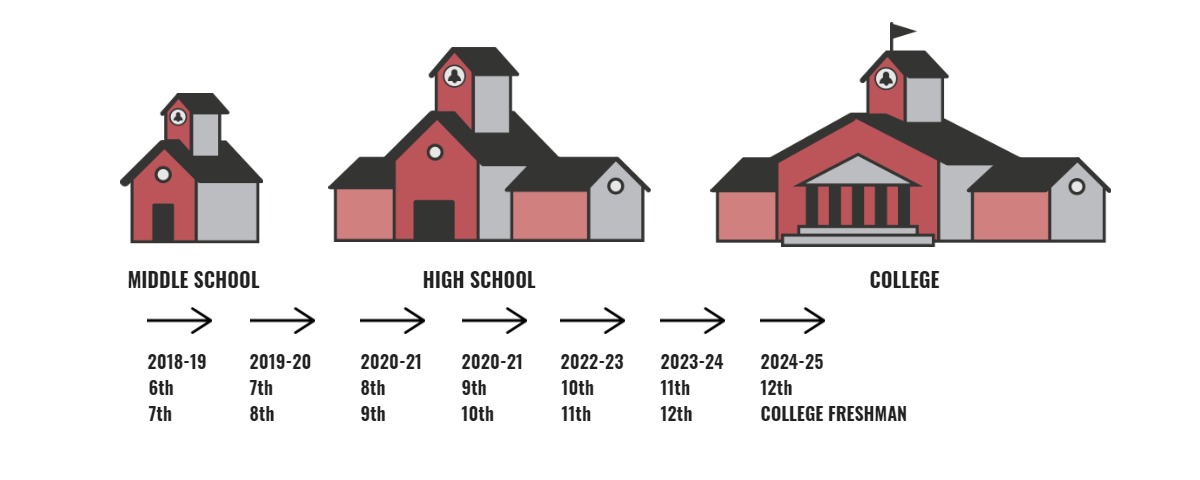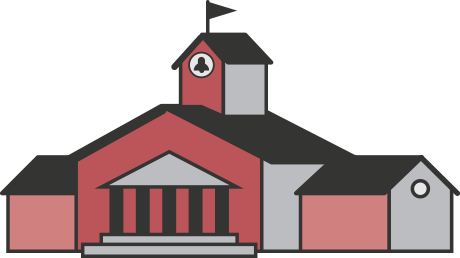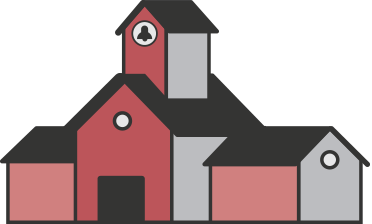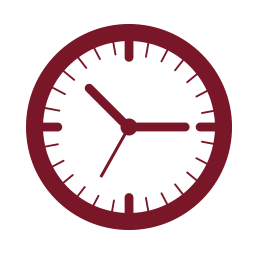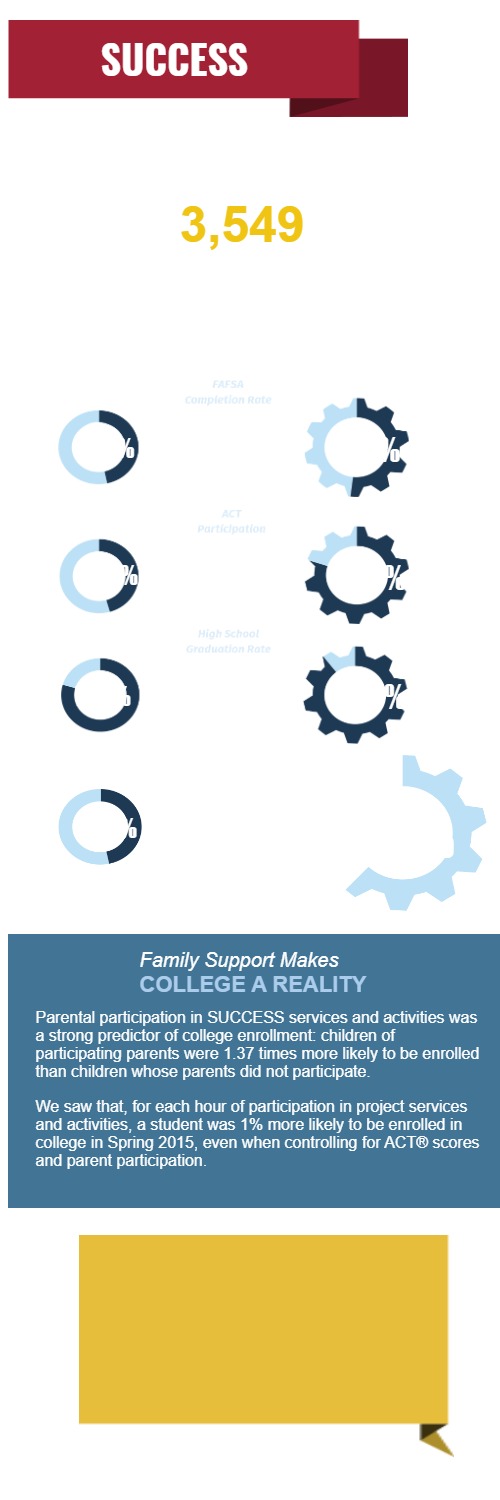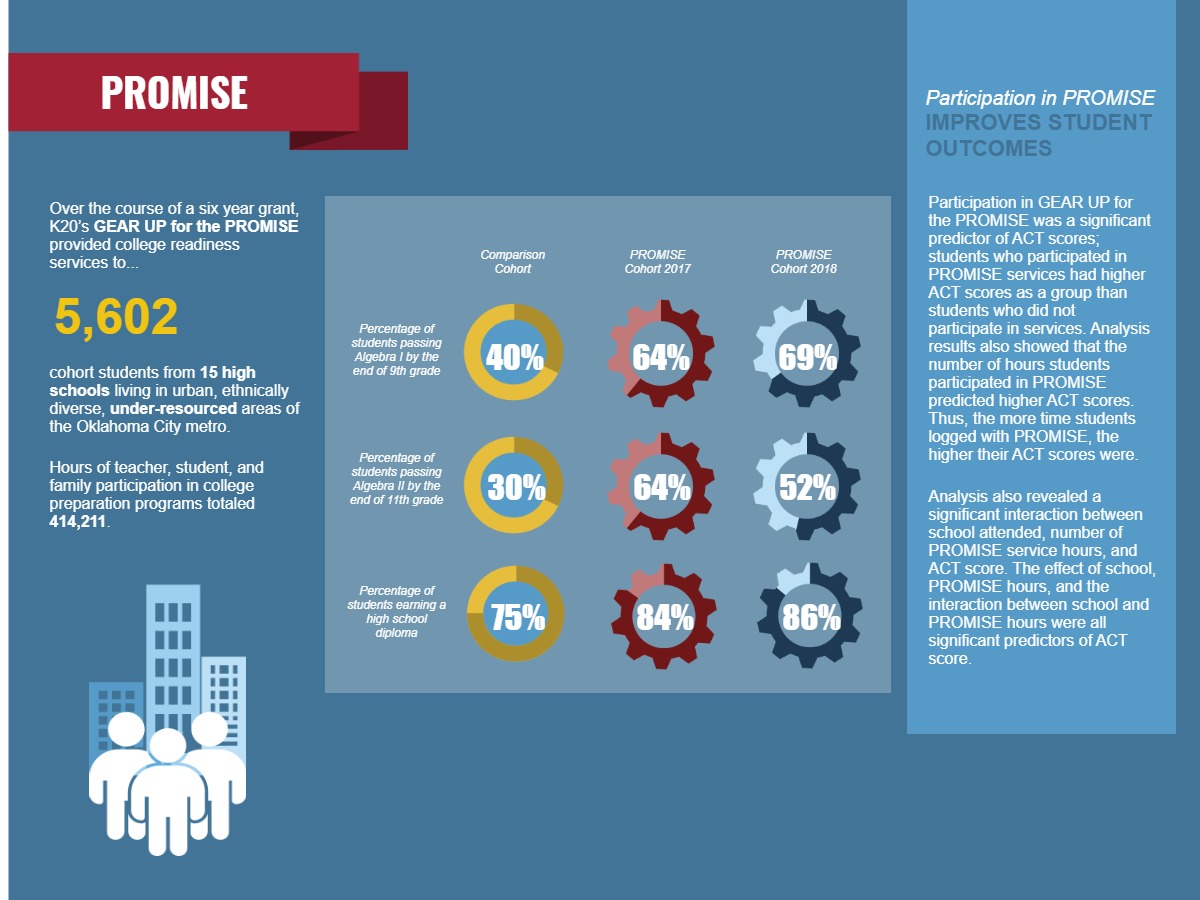GEAR UP Partnerships
GEAR UP Partnerships
What is GEAR UP?
GEAR UP (Gaining Early Awareness and Readiness for Undergraduate Programs) is a 7-year program sponsored by the United States Department of Education. Designed to increase the number of low-income students who are prepared to enter and succeed in postsecondary education, GEAR UP provides grants to states and partnerships to provide services at high-poverty middle and high schools. GEAR UP grantees serve an entire cohort of students beginning no later than the seventh grade and follow the cohort through high school.
GEAR UP is a seven-year project designed to enhance students’ academic success and college and career readiness. Students will explore the various educational and career options that are open to them. Highlights included various hands-on activities, college visits, career exploration and other activities to prepare them for post secondary education. GEAR UP also services to educators to impact learning and build sustainable supports to impact future classes.
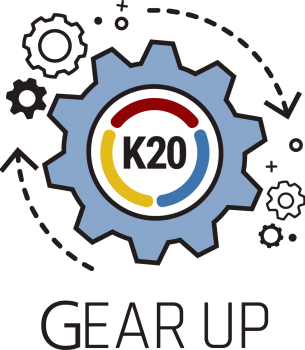
The GEAR UP project follows two student cohorts—this year’s sixth and seventh grade students—throughout
their middle school and high school careers and helps support the students as they make the transition into
higher education and career.
What is GEAR UP?
GEAR UP (Gaining Early Awareness and Readiness for Undergraduate Programs) is sponsored by the United States Department of Education. Designed to increase the number of low-income students who are prepared to enter and succeed in postsecondary education, GEAR UP provides grants to states and partnerships to provide services at high-poverty middle and high schools. GEAR UP grantees serve an entire cohort of students beginning no later than the seventh grade and follow the cohort through high school.
GEAR UP is a seven-year project designed to enhance students’ academic success and college and career readiness. Students will explore the various educational and career options that are open to them. Highlights included various hands-on activities, college visits, career exploration and other activities to prepare them for post secondary education.

The GEAR UP project follows two student cohorts—this year’s sixth and seventh grade students—throughout their middle school and high school careers and helps support the students as they make the transition into higher education and career.
The GEAR UP Model
· Raises academic aspirations of the entire cohort
· Supports the cohort long-term (6th or 7th grade through first year of college)
· Provides sustainable resources that remain with the grade level even after the cohort moves forward
The GEAR UP Model
· Raises academic aspirations of the entire cohort
· Supports the cohort long-term (6th or 7th grade through first year of college)
· Provides sustainable resources that remain with the grade level even after the cohort moves forward
The GEAR UP for LIFE Model
The K20 GEAR UP for LIFE (Learning and Investigating Future Education) project is a partnership between the K20 Center for Educational and Community Renewal (K20 Center) and 27 high-poverty, mostly rural schools located in 22 Oklahoma school districts. The partnership seeks to directly impact 8,258 students through a 7-year project beginning with 6th and 7th grades in October 2023.
- Goal 1: Increase cohort students’ engagement in learning.
- Goal 2: Increase cohort students’ academic preparation for PSE at graduation from participating schools.
- Goal 3: Increase cohort schools’ high school graduation and PSE enrollment rates.
- Goal 4: Increase cohort students’ and their families’ knowledge of PSE options, preparation, and financing.

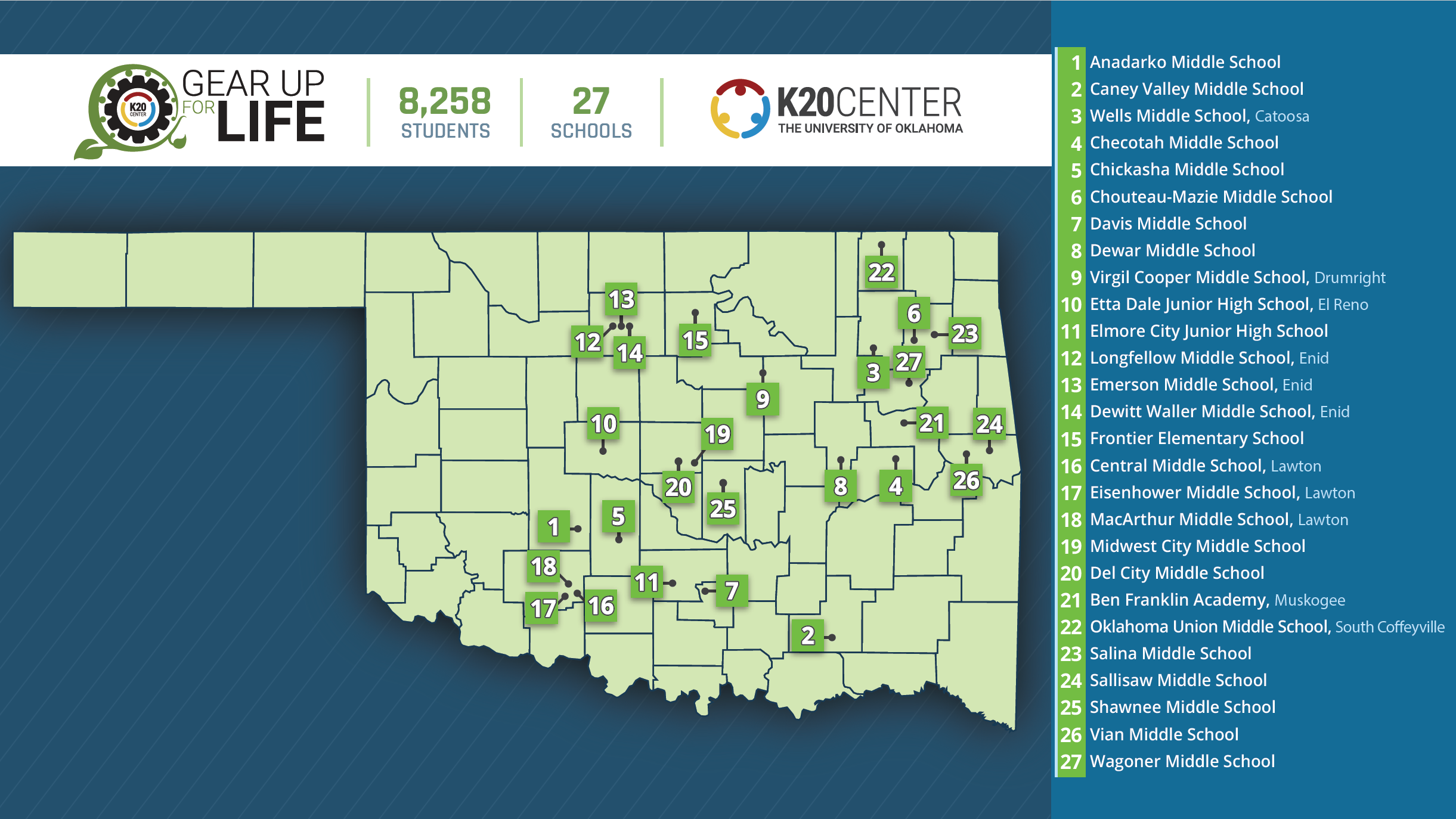
K20’s Current GEAR UP Grants
In 2018, the K20 Center for Educational and Community Renewal competed for and was awarded for three separate Gaining Early Awareness and Readiness for Undergraduate Programs (GEAR-UP) grants sponsored by the U.S. Department of Education. There were 160 applications for GEAR UP funding, 60 grants were awarded, and K20 won 3 of them. The GEAR UP OKC, GEAR UP for MY SUCCESS, and GEAR UP for the FUTURE grants will provide seven years of services and development to 46 partner schools all across the state of Oklahoma
K20’s Current GEAR UP Grants
In 2018, the K20 Center for Educational and Community Renewal competed for and was awarded for three separate Gaining Early Awareness and Readiness for Undergraduate Programs (GEAR-UP) grants sponsored by the U.S. Department of Education. There were 160 applications for GEAR UP funding, 60 grants were awarded, and K20 won 3 of them. The GEAR UP OKC, GEAR UP for MY SUCCESS, and GEAR UP for the FUTURE grants will provide seven years of services and development to 46 partner schools all across the state of Oklahoma
| Grant | # of Schools (MS, JH, HS) | # of Students | # of Educators | # of events | # of hours of service |
| 2008’s SUCCESS | 78 | 3,256 | 1,592 | 3,747 | 111,287 |
| 2011’s PROMISE | 20 | 5,629 | 1,681 | 4,143 | 185,991 |
| 2018’s FUTURE | 23 | 7,851 | 2,042 | 5,919 | 147,589 |
| 2018’s MY SUCCESS | 47 | 6,467 | 2,056 | 5,994 | 151,894 |
| 2018’s OKC | 24 | 7,380 | 1,973 | 16,992 | 140,922 |
| 2024’s LIFE | 31 | 7,501 | 1,014 | 2,521 | 30,086 |
| TOTAL | 223 | 38,084 | 10,358 | 39,316 | 767,769 |

